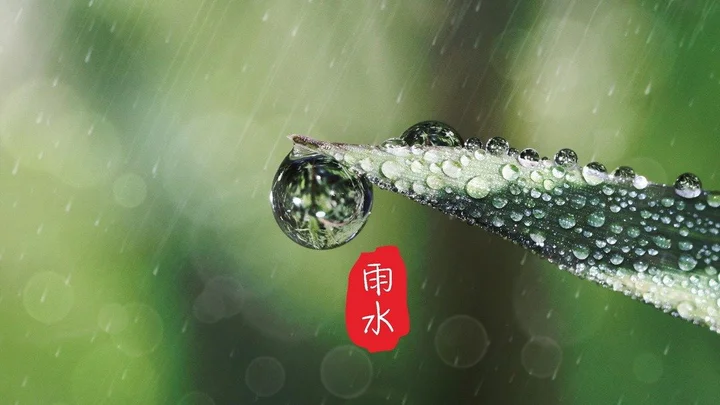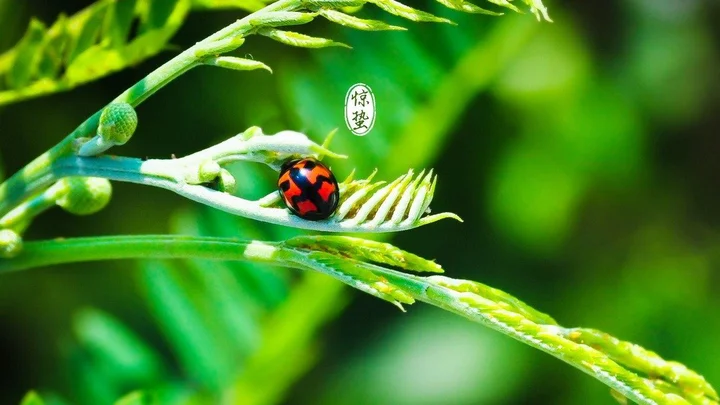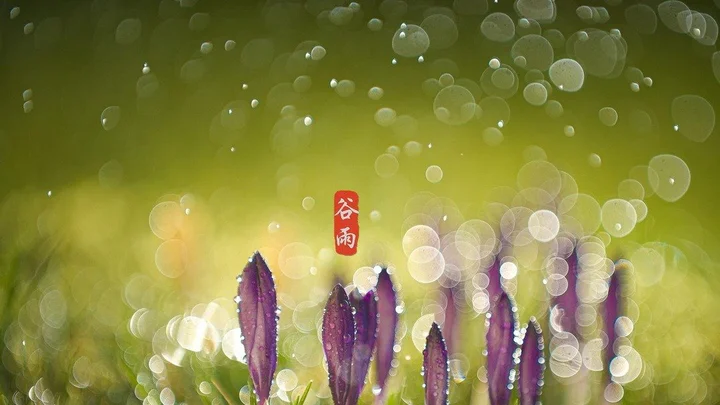Inventory of the 24 solar terms in China (P1)
The 24 solar terms table is a supplementary calendar established in ancient China to guide agricultural affairs. It is the crystallization of the accumulation of long-term experience and wisdom of the ancient Chinese working people. It was formed during the Spring and Autumn Period and the Warring States Period. The twenty-four solar terms can reflect the changes of the seasons, guide agricultural activities, and affect the clothing, food, housing and transportation of thousands of households. The twenty-four solar terms are divided according to the position of the sun on the ecliptic (that is, the orbit of the earth around the sun).

1. Beginning of spring
Lichun is the first solar term in the twenty-four solar terms, usually on February 3 or 4 in the Gregorian calendar. According to the lunar calendar, the beginning of spring is the beginning of the year. The beginning of spring as a festival existed as early as the Spring and Autumn Period. At that time, there were eight festivals in a year: the beginning of spring, the beginning of summer, the beginning of autumn, the beginning of winter, the spring equinox, the autumn equinox, the summer solstice and the winter solstice. There are only 24 solar terms recorded in the book "Rites . Month" and "Huainanzi . Tian Xun" written by Liu An in the Western Han Dynasty.

2. Rainwater
The rainy season generally begins on February 18 or 19 and ends on March 4 or 5. The direct point of the sun is gradually approaching the equator from the southern hemisphere. At this time, the number and intensity of sunshine in the northern hemisphere are increasing, the temperature rises rapidly, and the warm and humid air from the ocean becomes active and gradually advances northward. At the same time, the cold air is not to be outdone in the weakening trend, and it frequently competes with the warm air, neither willing to withdraw from the dominant position nor to accept the residual cold.Before and after the rainy season, everything begins to sprout, and spring has come.

3. Jingzhe
Jingzhe is the third solar term in the twenty-four solar terms. On March 5th or 6th every year, when the sun reaches 345 degrees of ecliptic longitude, it is Jingzhe. Startled is awakened, stunned is dormant. Before and after this solar term, the temperature rises rapidly, and spring thunder is gradually sprouting. Many insects or animals that hibernate in the cold winter are awakened by the spring thunder that gradually appears, ending their dormant life, hence the name "Jing Zhe".

4. Spring equinox
The vernal equinox is the midpoint of the ninety days of spring. Every year around March 21st (20th to 22nd), the sun reaches 0° ecliptic longitude. The vernal equinox has two meanings. First, it means that day and night are equal, each 12 hours. Second, it divides the ninety days of spring into two.

5. Qingming
The 108th day after the winter solstice is the Qingming solar term. There are 15 days in the Qingming Festival. As the Qingming Festival of the solar term, the time is after the spring equinox.In the concept of the ancients, 108 is a large number representing perfection, auspiciousness, longevity and profoundness. Putting Qingming on the 108th day after the winter solstice has a profound meaning. The ancients had the custom of going out on the Qingming Festival and carrying out a series of sports activities.

6. Guyu
Grain Rain means "Rain gives birth to hundreds of grains". It is called Grain Rain when the sun reaches 30° ecliptic longitude on April 20 or 21 every year. Grain Rain is the sixth solar term in the twenty-four solar terms, and it is also the last solar term in spring. At this time, the seedlings in the fields are first planted and the crops are newly planted, and the rain is most needed. Therefore, it is said that "spring rain is as expensive as oil".

7. Beginning of summer
Lixia is the seventh solar term in the twenty-four solar terms. It usually falls around May 5 in the Gregorian calendar. At this time, the Dou refers to the southeast and the dimension is Lixia. Everything has grown up here, so it is called Lixia. In astronomy, Li Xia said that it is about to bid farewell to spring, which is the beginning of summer.

8. Xiaoman
Xiaoman means that the grains of summer-ripening crops are beginning to be filled and full, but they are not yet mature, only small but not full. Starting from Xiaoman, summer crops such as winter wheat have already produced fruit, and the grains are full but not yet mature, so it is called Xiaoman. Xiaoman has the proverb "big falls and big fullness, small falls and small fullness", "falling" means rain, the more abundant the rain, the greater the harvest in the future.

9. Mángzhòng
Mángzhòng is the ninth solar term in the twenty-four solar terms, which falls on June 5th every year. The seeds of awn crops such as barley and wheat have matured, and it is very urgent to harvest them. Summer crops such as late grain, millet, and millet are also the busiest season for sowing, so they are also called "Mángzhòng". Spring contends for the day, summer contends for the time, and "the time of contention" refers to the busy season of harvesting and planting. It is often said that "three summers" are the busy season, which refers to the summer management of summer harvesting, summer planting and spring sowing crops.

10. Summer Solstice
The summer solstice falls on June 21 or 22 of the Gregorian calendar every year. On the day of the summer solstice, the position of the sun directly hitting the ground reaches the northernmost point of the year, almost directly hitting the Tropic of Cancer (23°26′28″44 north latitude), and the day in the northern hemisphere is the longest, and it gets longer as it goes north. The longest, with the highest sun angle, but not the hottest time of year. The Summer Solstice is the earliest festival in my country, and it was also called the "Summer Festival" and "Summer Solstice Festival" in ancient times.

11. little summer
The sun reaches the ecliptic longitude 105 degrees and meets on July 6-8 of the Gregorian calendar every year. Shu means hot, and Xiaoshu means little heat, not very hot. It means that the weather is starting to be hot, but it is not yet the hottest. Many places in China have entered the season with the most thunderstorms since Xiaoshu. Xiaoshu began to enter Futian, the so-called "hot in Sanfu", sanfu days usually appear between Xiaoshu and Chushu, which is the highest temperature, humid and sultry time of the year.

12. Great heat
July 22, when the sun reaches 120° ecliptic longitude, is the "Great Heat" solar term. "Great Heat" means extremely hot. Most of the country has entered the hottest period of the year, and it is also the period with the fastest growth of temperature-loving crops. However, natural disasters such as droughts, floods, and typhoons occur frequently, and tasks such as drought resistance, flood drainage, typhoon prevention, and field management are very heavy.





